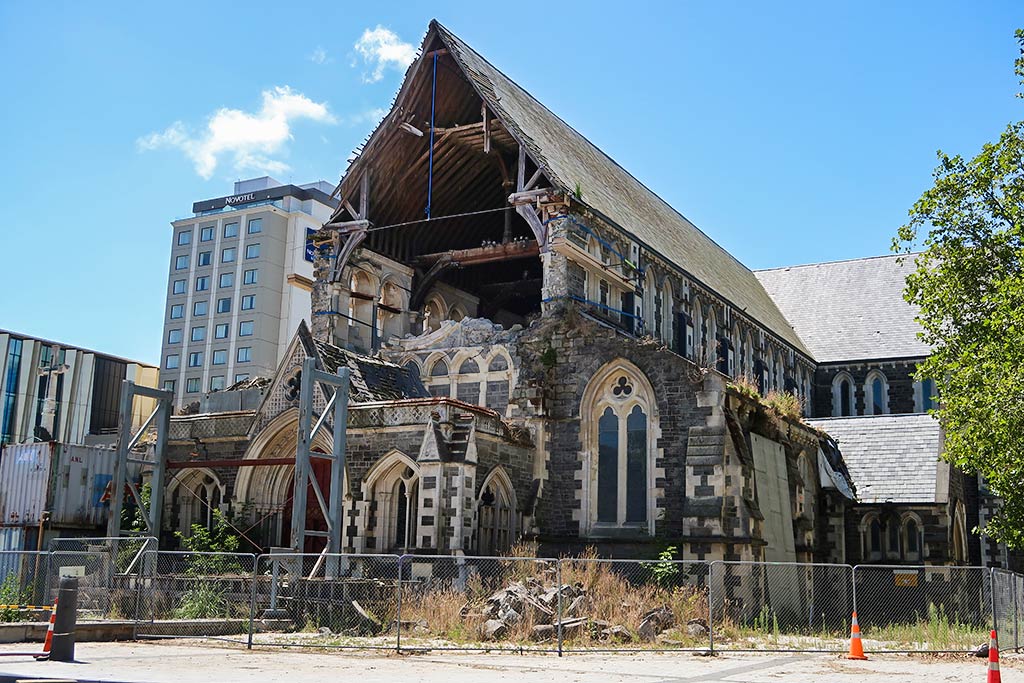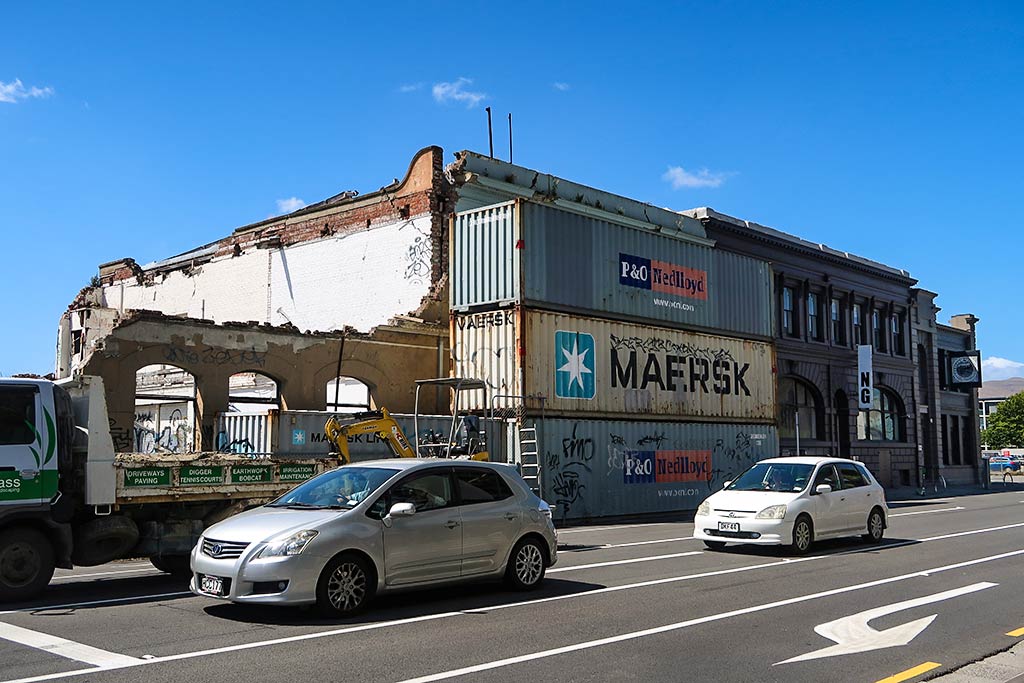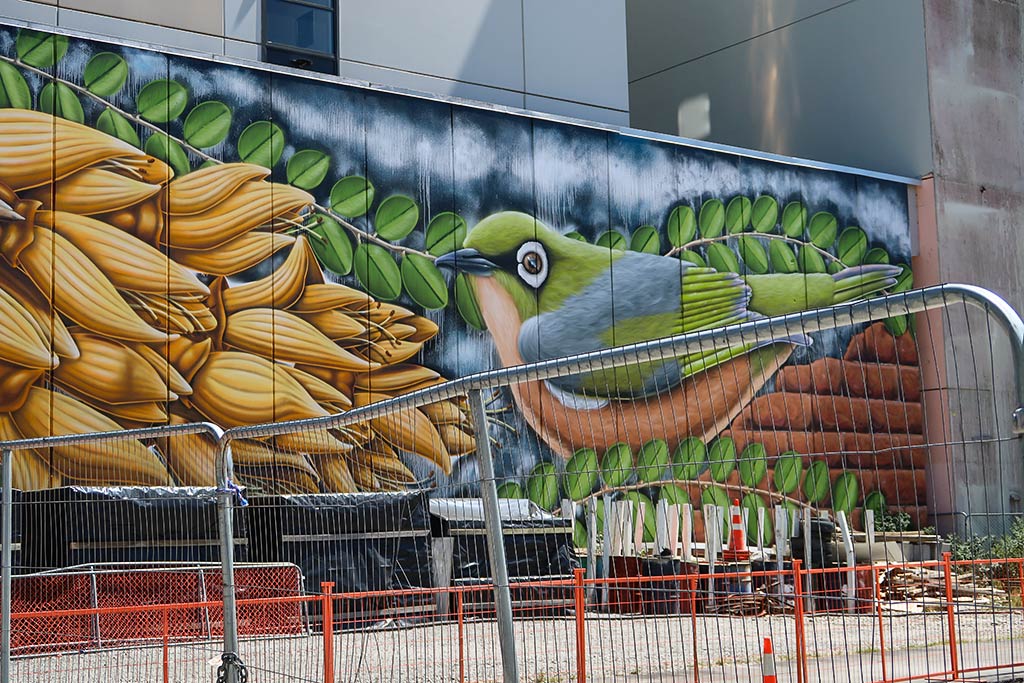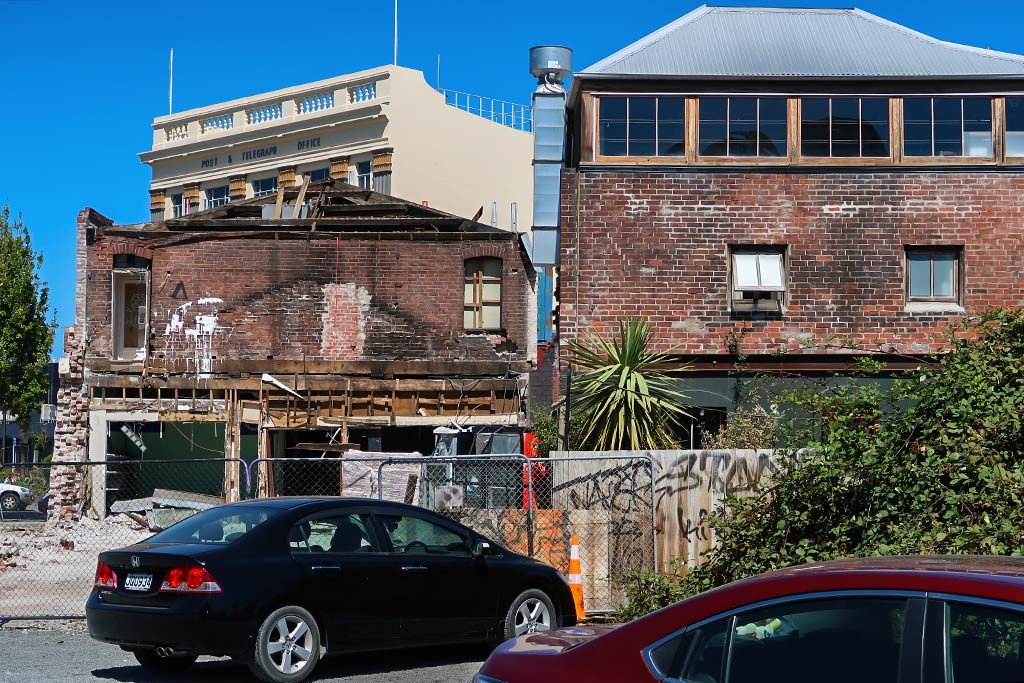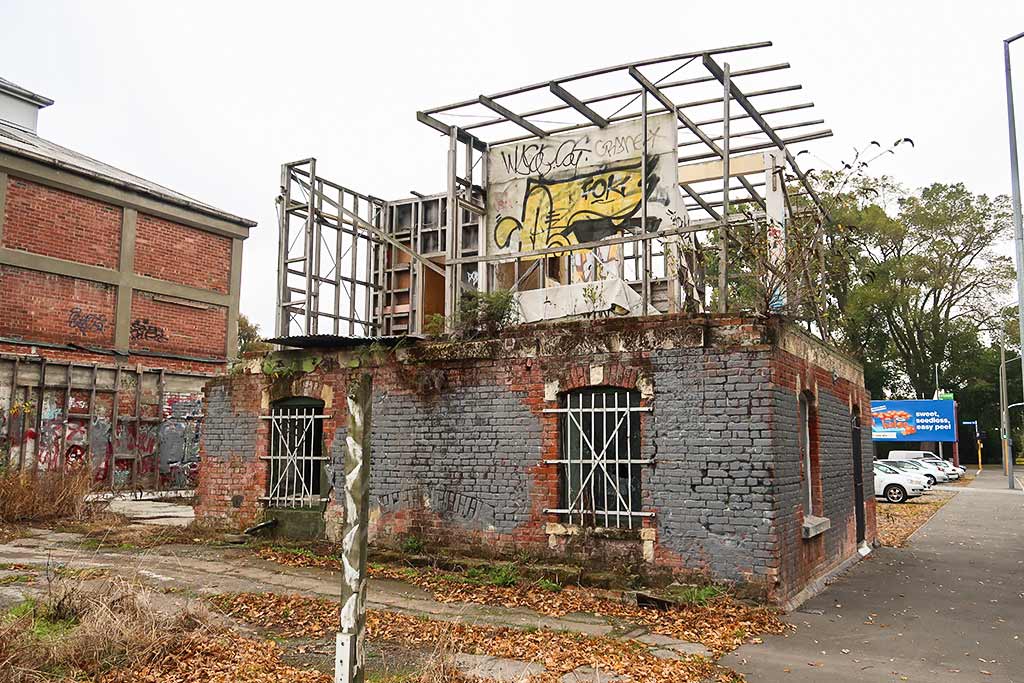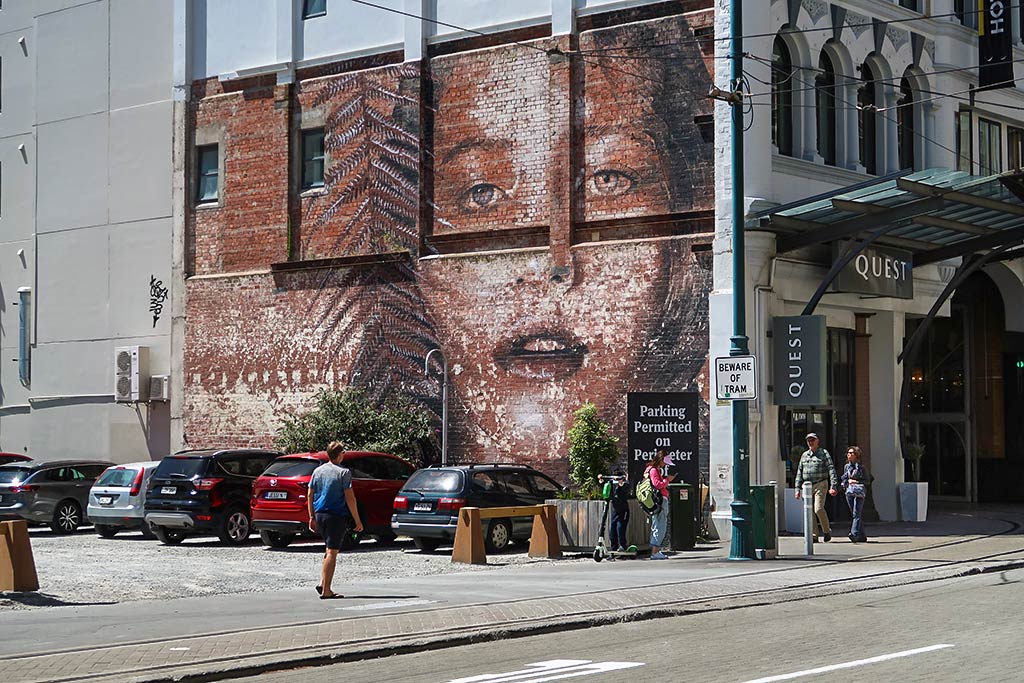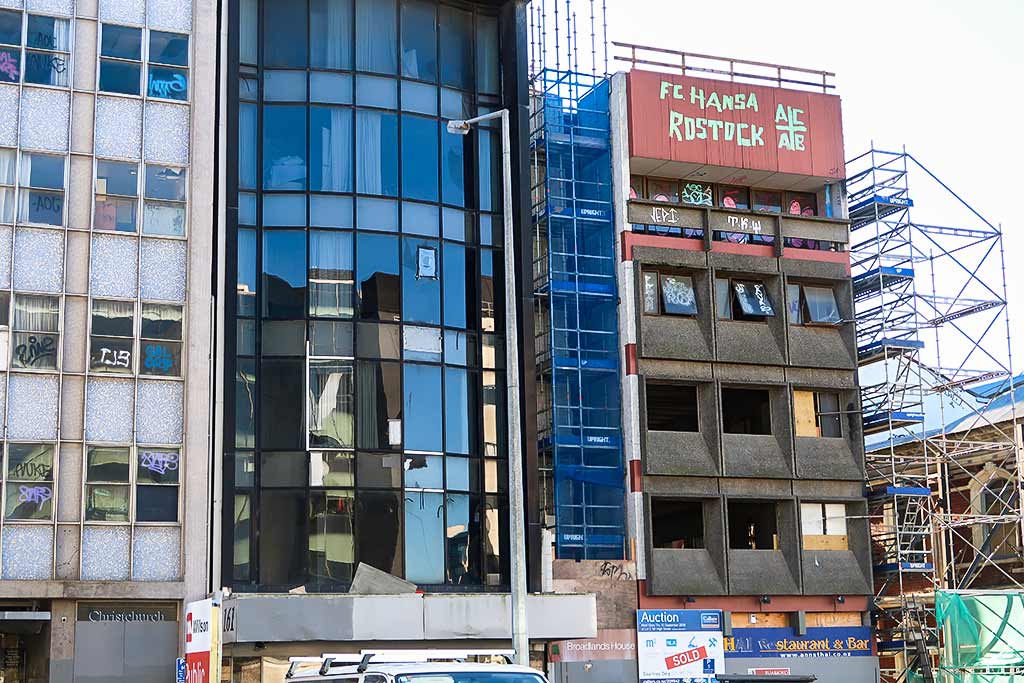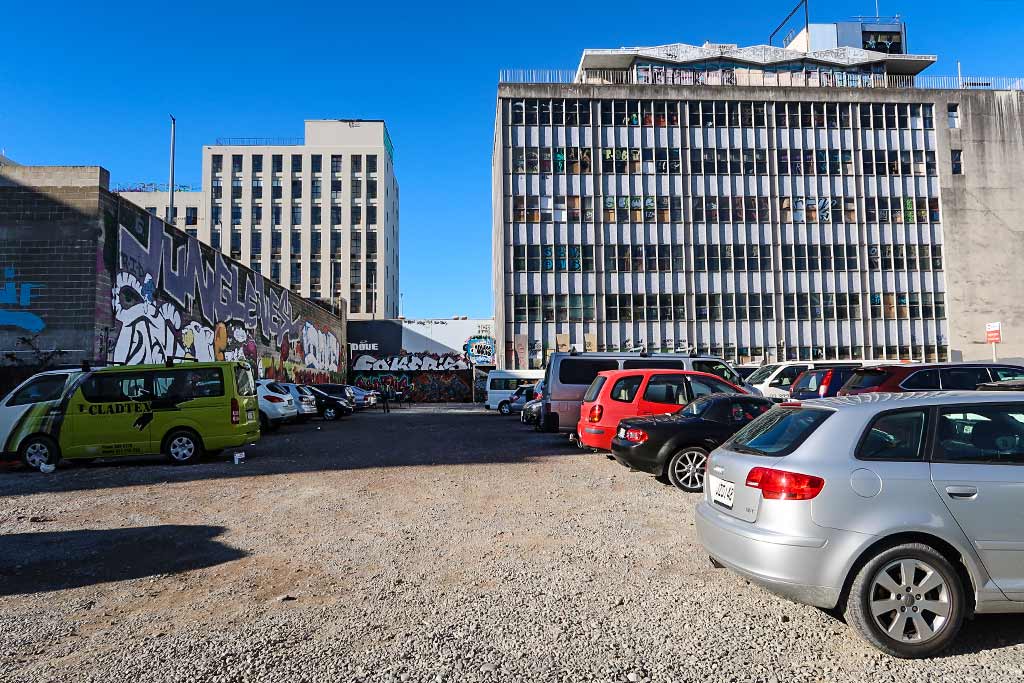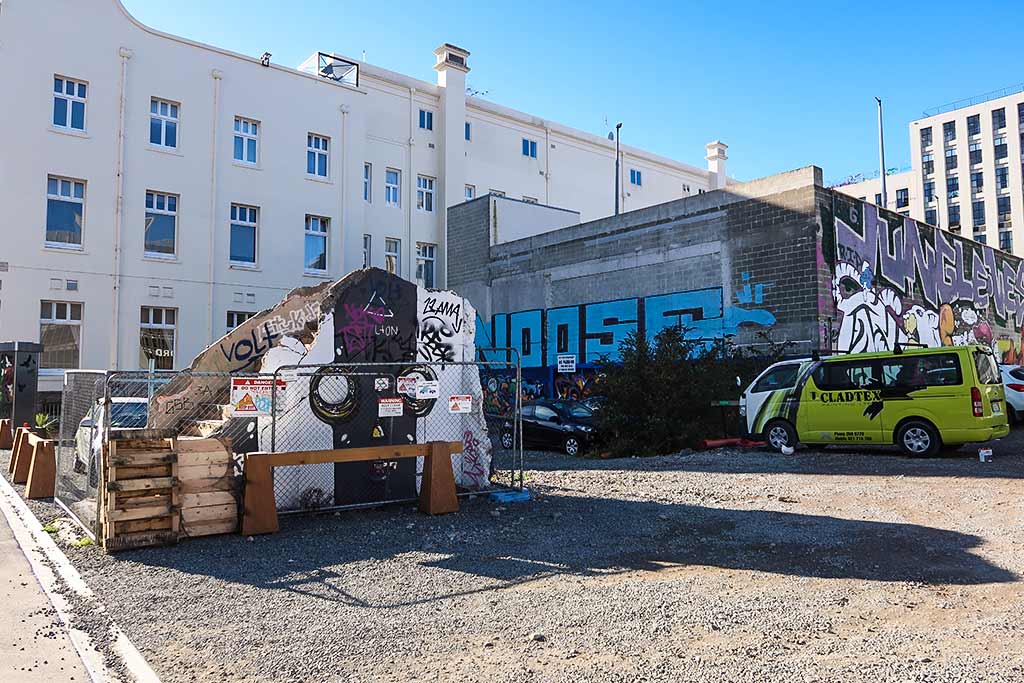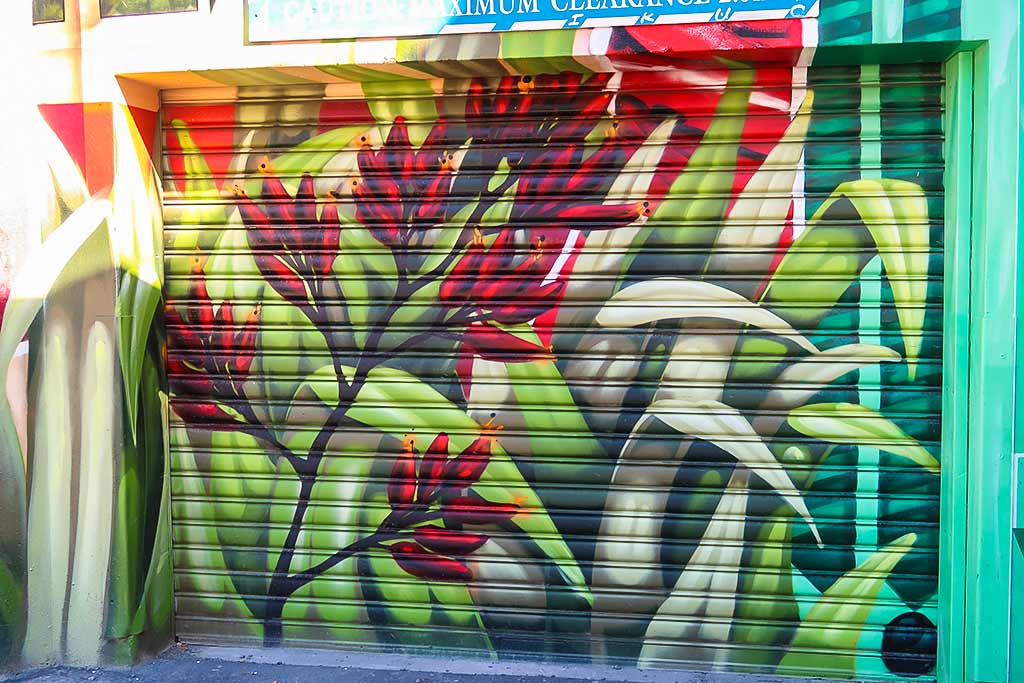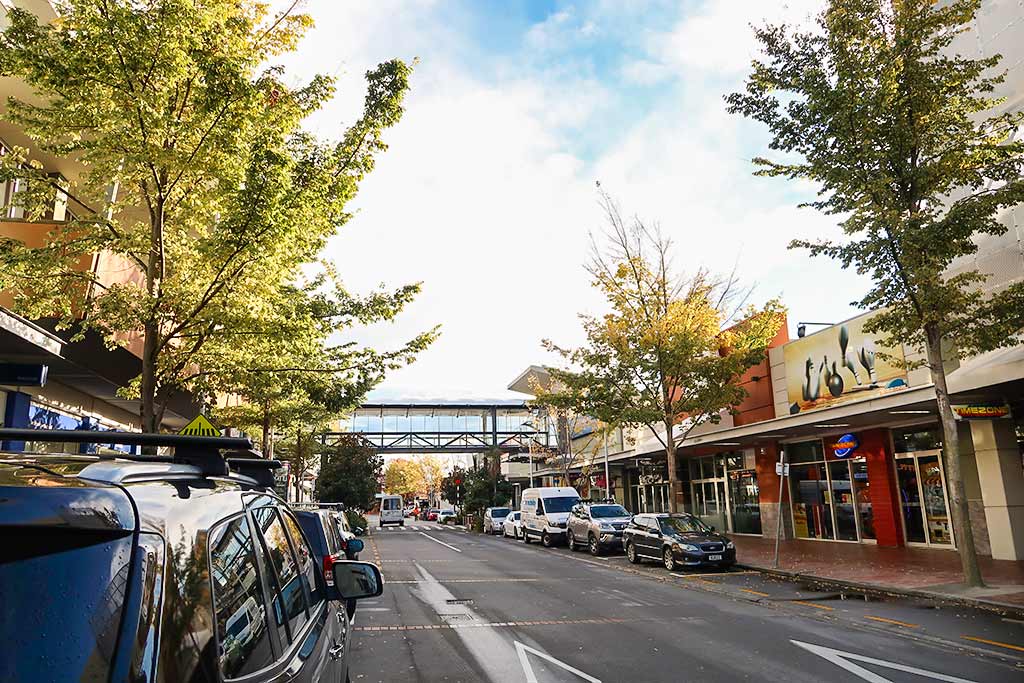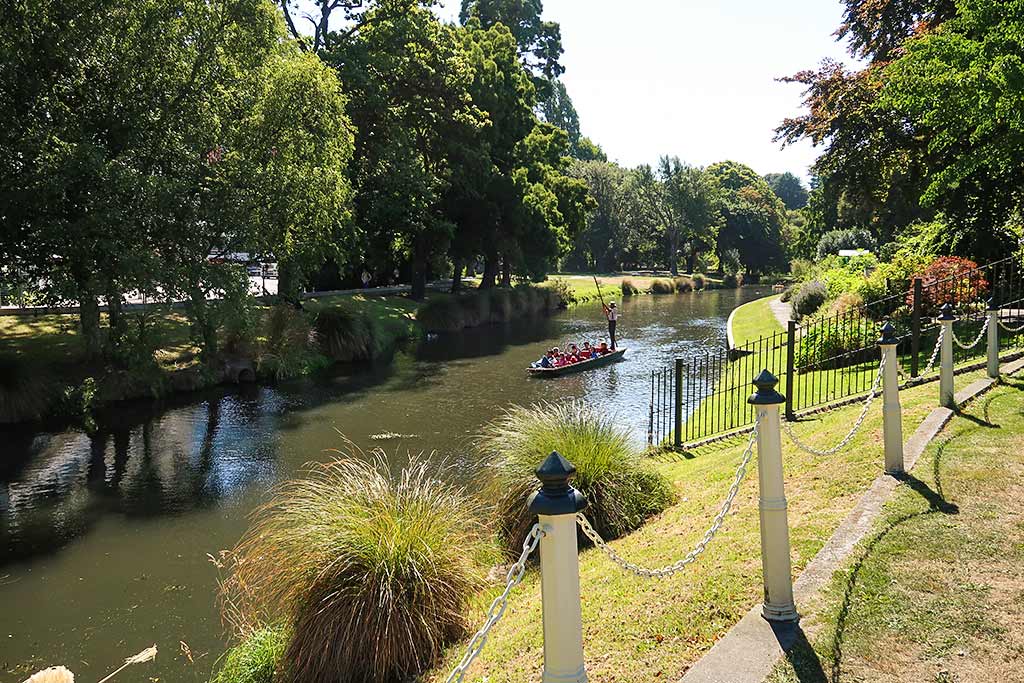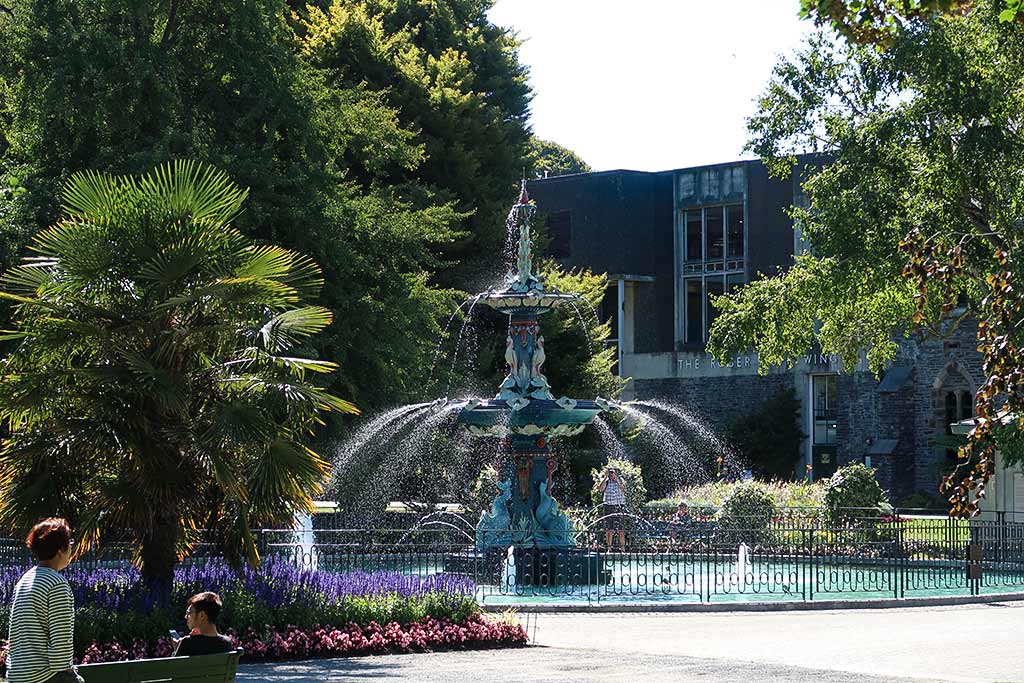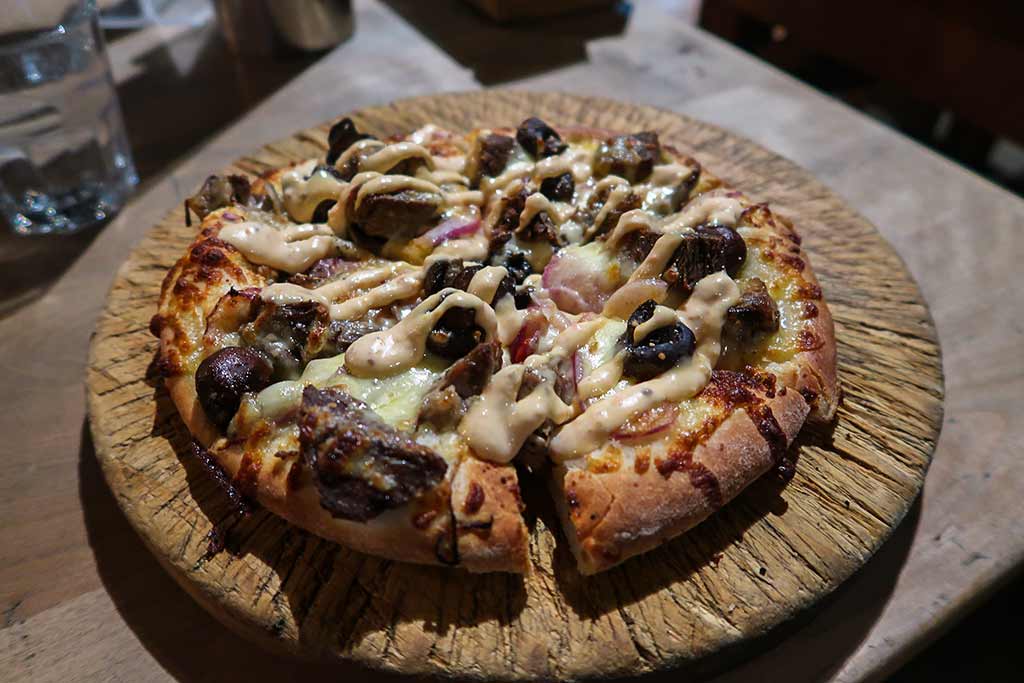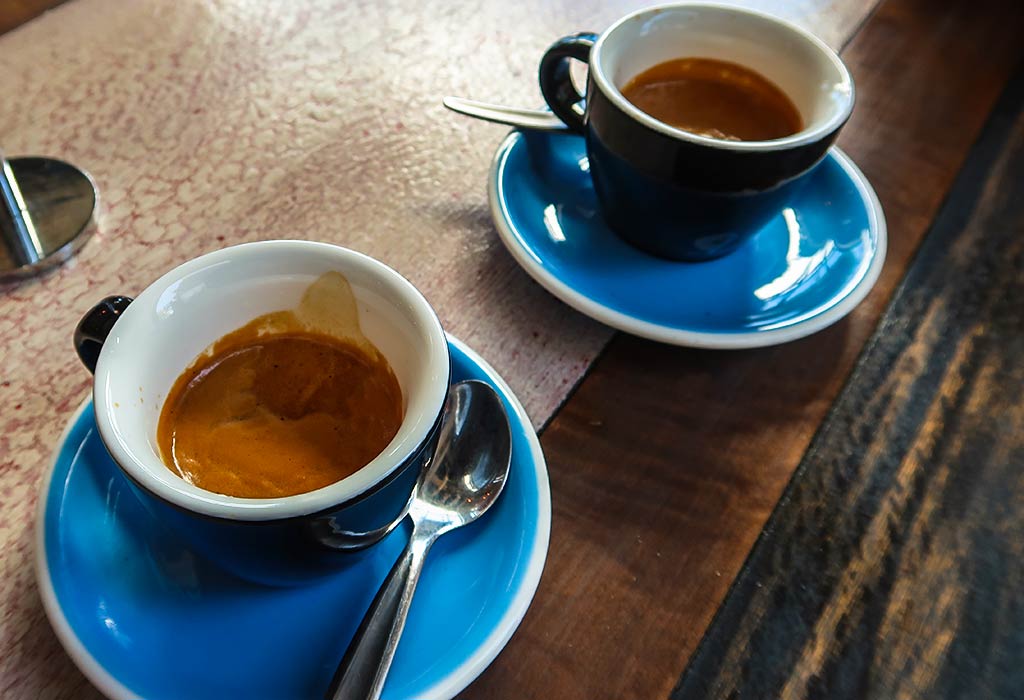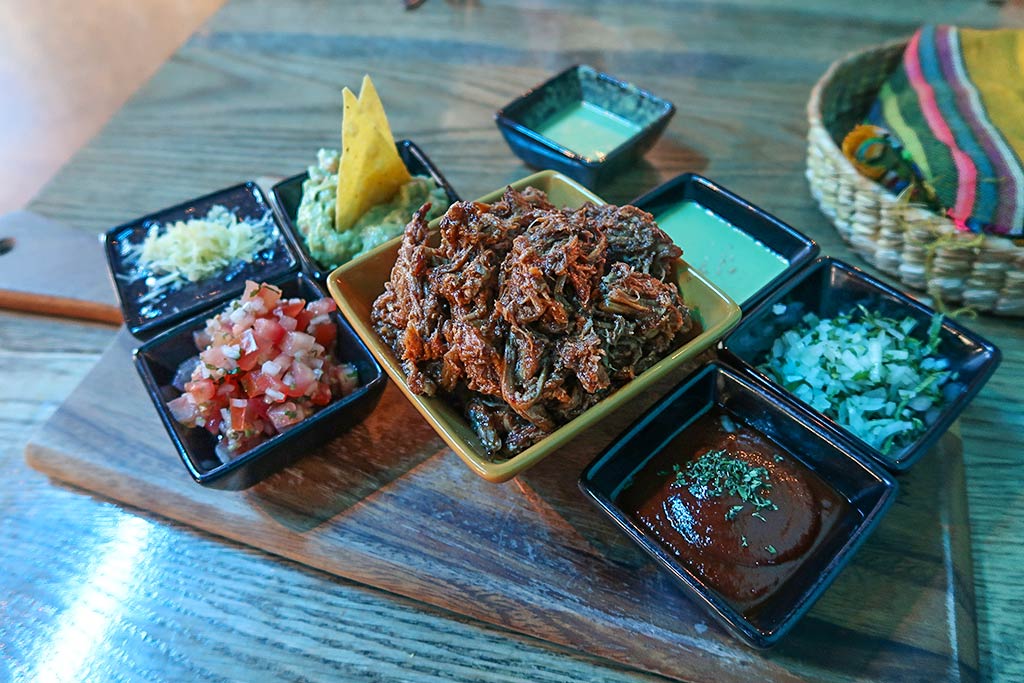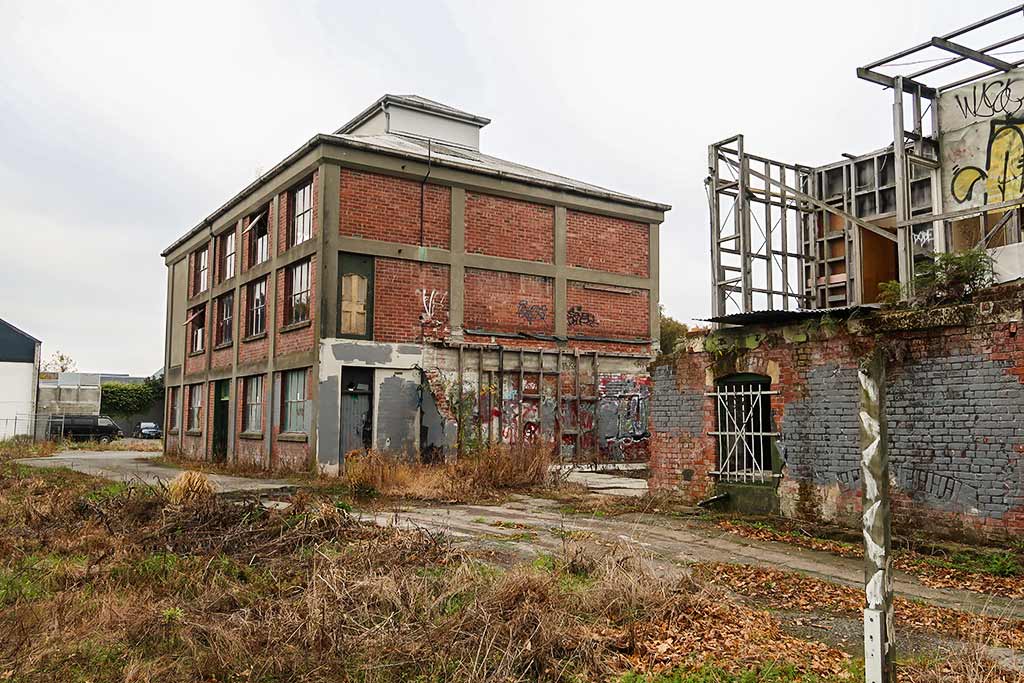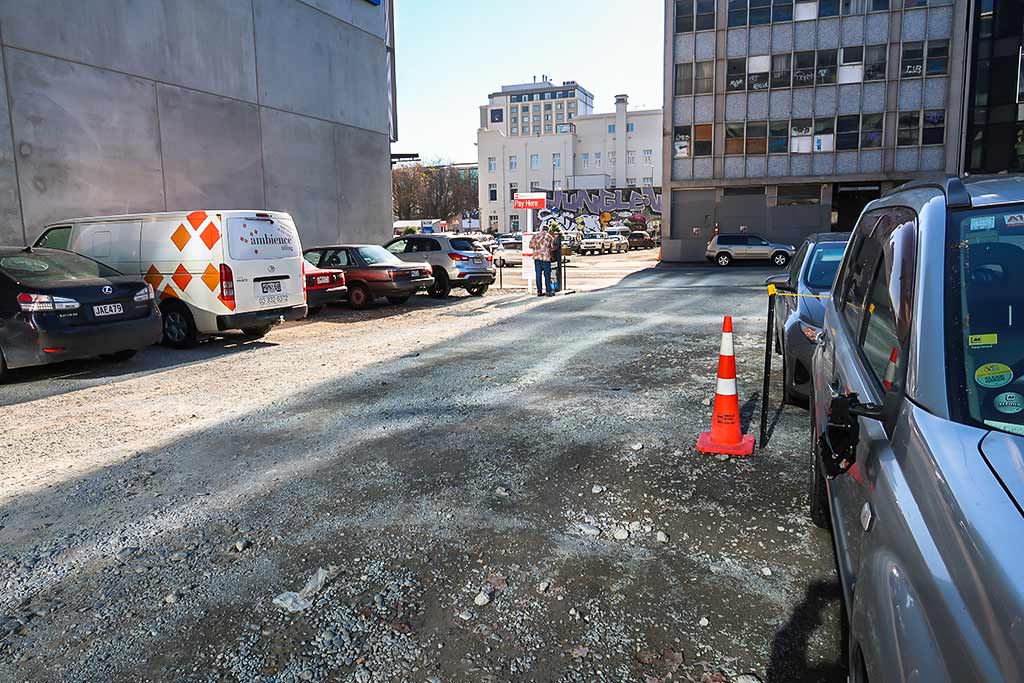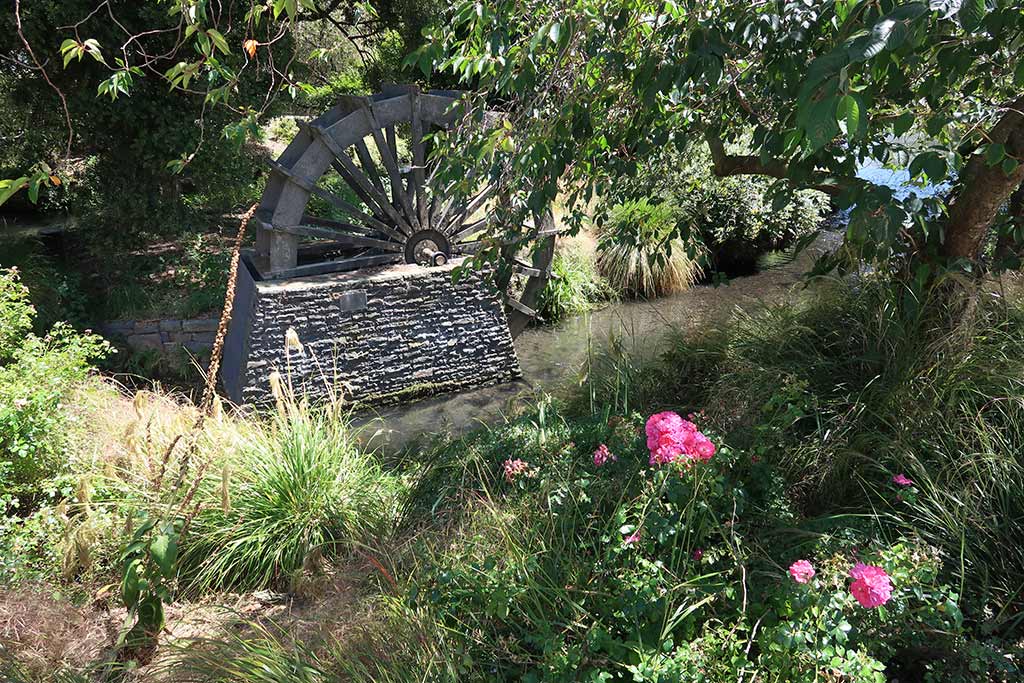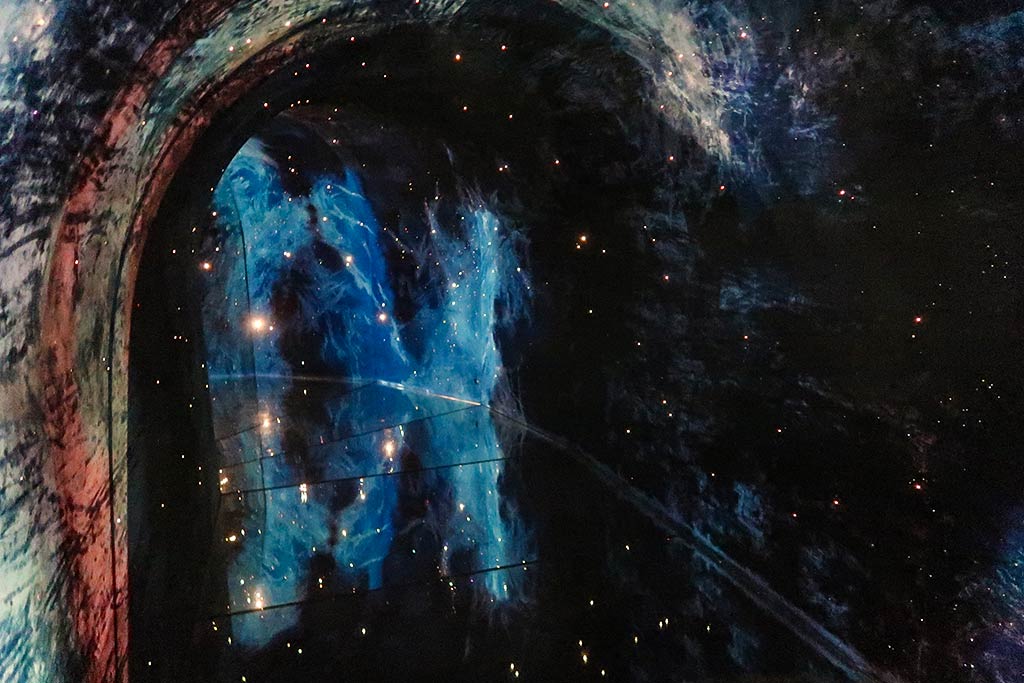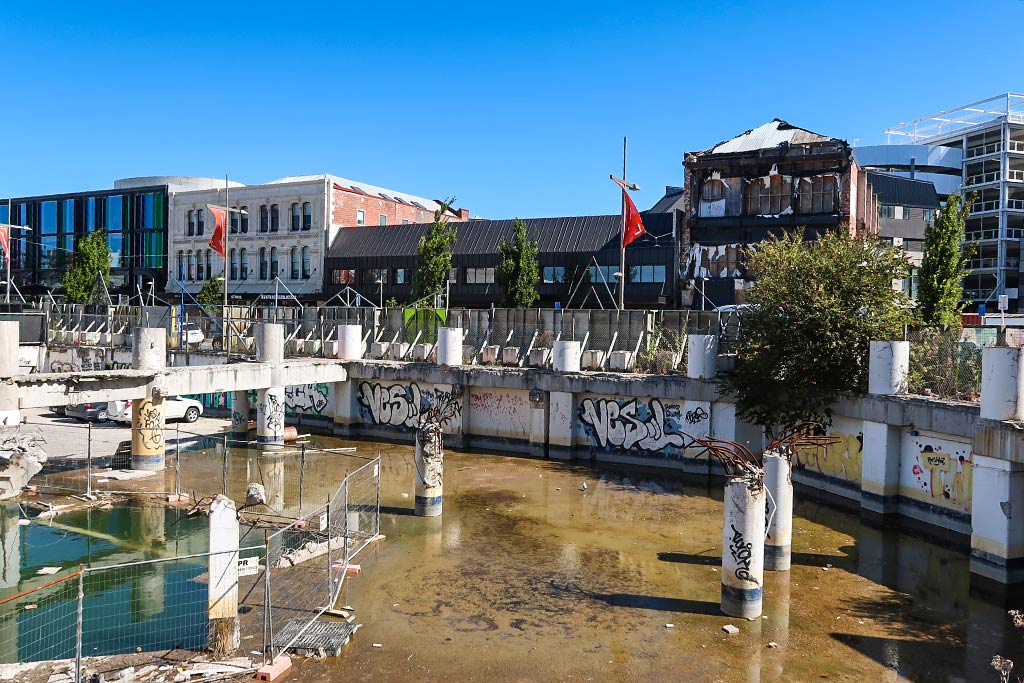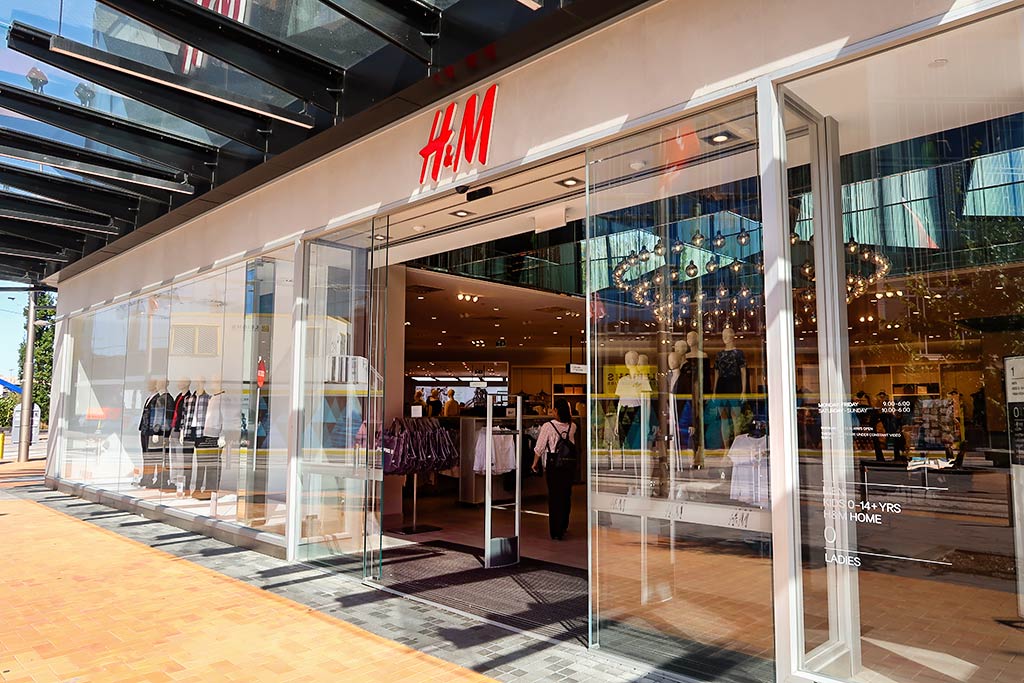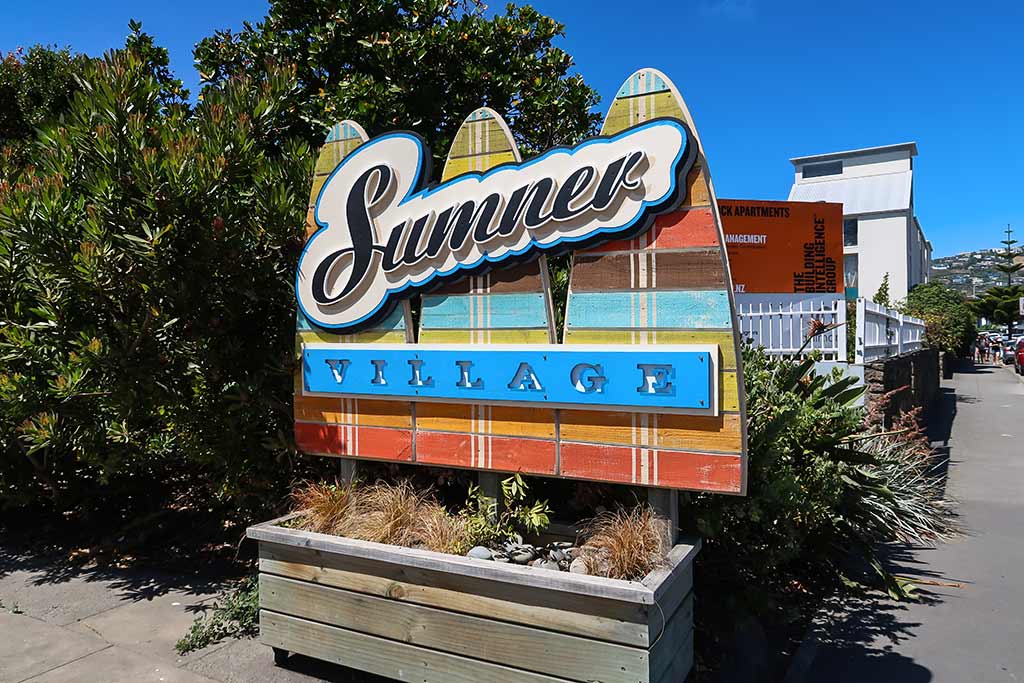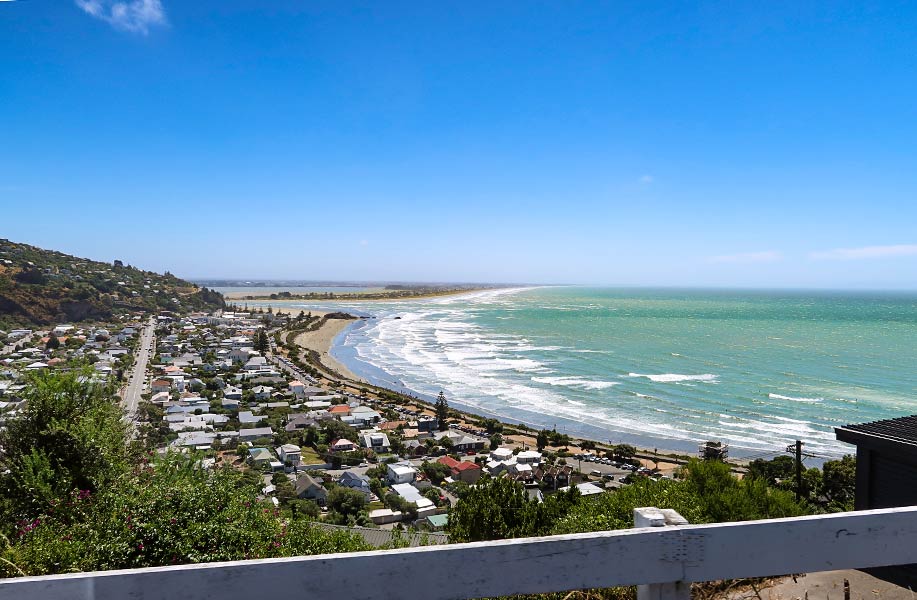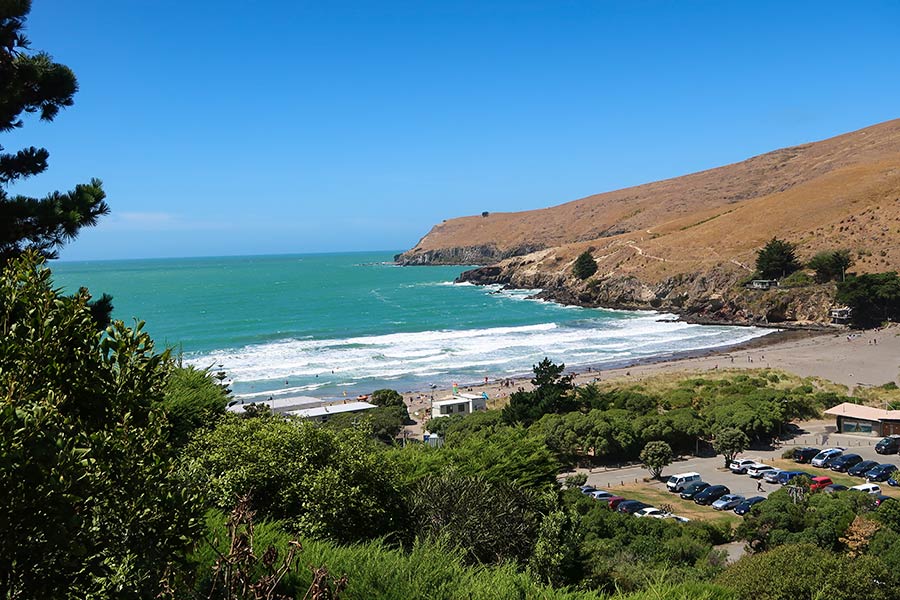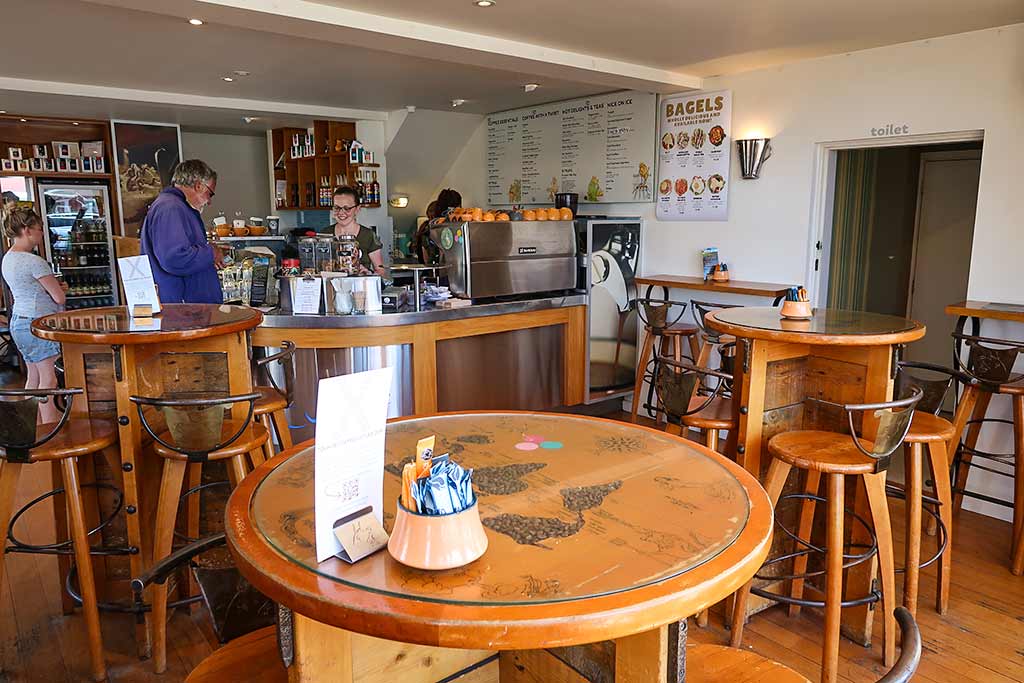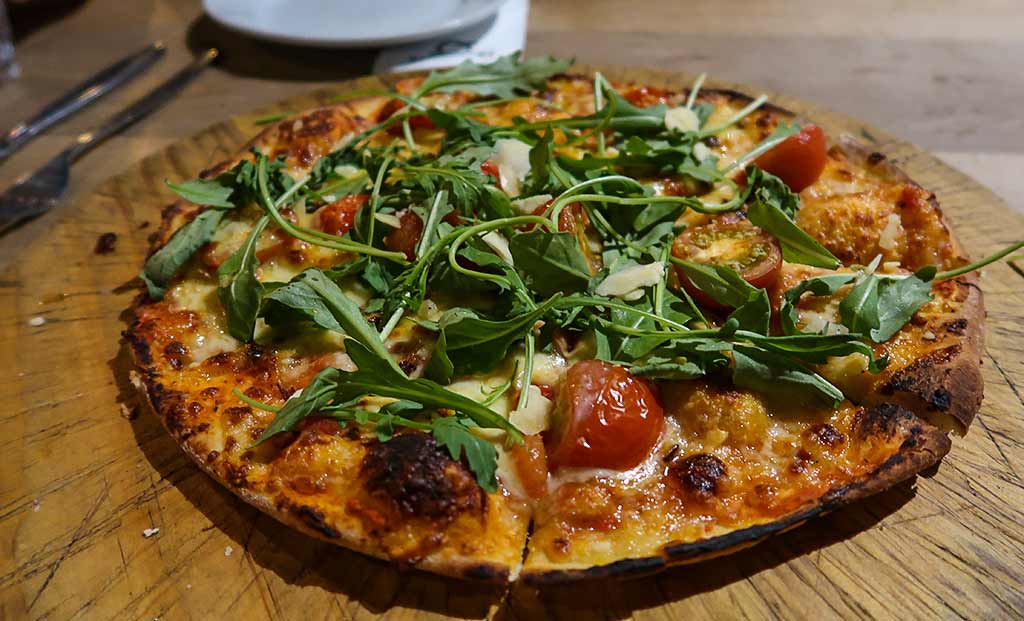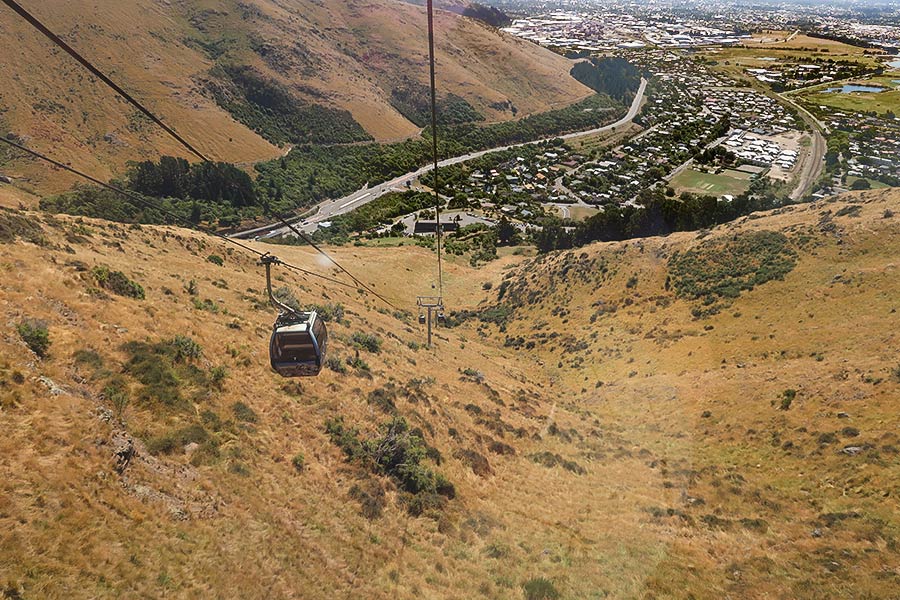February and April/May, 2019
Not far from Lyttelton is South Island’s largest city: Christchurch, but because these two places are separated by a high range of hills (the Port Hills) they could as well be in different countries. Getting to Christchurch necessitates taking a long drive through a tunnel or an even longer drive over the hills. Taking the fastest route, the tunnel, takes about 10 to 15 minutes by car and at least twice as long by bus.
Looking from the top of the hills, you can see that Christchurch sits in a large flat land basin which stretches out into the surrounding plains. This city didn’t have many tall buildings to begin with, but after the earthquakes of 2010 and 2011 there are even fewer, the tallest of which is about 20 stories. Thus the look of this city is pretty much flat. And while Christchurch lies on the coast, its ocean waterfront consists of river estuaries so the city lacks any beach-y feeling. Residents wanting to go to the beach head to the outlying suburbs of Sumner or New Brighton.
Below, the map shows Christchurch. Click on the markers for a quick description of what they are.
Our first view of Christchurch came after a long bus ride through the tunnel and down into the city’s center. It’s hard to find the words for how we felt after exiting the bus and getting a look around, but the phase, “Oh my God,” comes to mind. And not in a good way.
I will mention this particular area was close to the greatest damage from two large earthquakes that hit this city in 2010 and 2011. The first quake (a 7.1) caused a lot of damage to buildings, the second caused even more damage and killed 185 people. Both quakes were strong but the second earthquake, while only a 6.3, was more shallow and had extreme ground movement. Come to find out there’s more to earthquakes than their magnitude as that shallow 6.3 caused damage which “may be the greatest ever recorded anywhere in a modern city.”
We knew the city hadn’t fully recovered, but we didn’t expect what we saw: multi-story buildings abandoned and cracked, many of them surrounded by stacked containers to hold the debris in should these buildings collapse (which looks likely in the event of another big quake). Everywhere we looked, we could see the damage. We were near two large gravel parking lots that must have once been the sites of buildings now gone (a sadly frequent sight in the downtown area of the city). Another gravel area held a mass of painted white chairs, a memorial to those who lost their lives. There were small areas with functioning businesses, but overall the area looked post-apocalyptic. Wikipedia says that as of 2013, 1,500 buildings had been demolished. From the looks of things now, many more are still waiting in line.
Since I had been to this city before, seeing it now felt like a punch in the gut. Rich was simply horrified. With eight years having passed since the second quake, I guess we both expected the area to be more recovered. We’re from Los Angeles, a city with access to enough government money to have fixed the major damage and removed the visual evidence of the horror within a year of our last big quake; so this was the bar that had been set for us. We understand other countries and cities don’t have the same resources and that the damage here was worse. Still, to see so many buildings abandoned and looking like they could fall at the next tremor, and so much damage that hadn’t been fixed, was surprising.
My first thought at this point was to hope those who lost loved ones had the resources to allow them to leave the city as the reminders here are constant. For those who have stayed or even moved here looking for opportunity, I am glad for the human ability for accustomization, where one gets used to their surroundings and ceases to be affected by what they see (this is both a good and a bad thing). As for new visitors, this served as a reminder that stated, “Bad Things Happen, and they can happen to you—to YOU–at any given moment!” It was unnerving.
As we walked to our car rental place, we were thrilled to see a Sal’s Pizza, an authentic New York pizza place we’d first discovered in Auckland that had now branched out around New Zealand. How bad could things be if there’s a Sal’s Pizza? It represented another aspect we came to appreciate in this city: regrowth and how new life rushes in to fill the void.
Apart from the obvious damage, there was something else that was bothering me that I couldn’t put my finger on. After a time I realized it: a lack of trees. Christchurch has been dubbed “The Garden City,” but you wouldn’t know in this area of the city. What trees were here, were small. There were no big shade trees to be seen, part of what allowed us to have such a view of damaged buildings. Did they fall over in the quake, or get crushed by buildings? I have no idea. We did later see incredible trees in the botanic gardens and central park that looked lush and healthy; thankfully those survived.
After we rented our car, we parked and walked through the city’s center full historic buildings and squares. Some of this area didn’t seem to be damaged, and there were lots of people milling around, buskers singing and food trucks serving up meals. But other areas were cordoned off with crime scene tape, crumbling historic structures that seemed to be in limbo between doom and restoration. We’d see one building and it would look pretty good, then see another and be appalled.
I was glad to see that the Canterbury Museum had survived, relieved to see the beautiful historic buildings of the Arts Centre partly open and the rest under restoration, and horrified to see the cathedral which didn’t look so bad until we walked to the front of it and found an open, gaping hole.
We finished our afternoon by walking to the Botanic Gardens, an oasis of lush beauty amid the damage, before getting into our rental car and going through the “wormhole” (the long tunnel) back to the beautiful and peaceful world of Lyttelton and Te Ana Marina.
Below, a gallery of photos from Christchurch showing some of the devastation, some regrowth of beauty in the remarkable murals that have become a feature of this city, a bit of the Botanic Gardens, and of course food. You can click to enlarge and scroll through them and any of the photos that follow in this post.
I’m adding in these two photos below as they showcase the remarkable contrasts that now exist in this city. The two places shown below are actually next to each other. The flooded remains of a destroyed building sit next to a beautiful open-air promenade that starts with the popular and trendy H & M store. I would say this contrast sums up the look of Christchurch right now: bad things happen but life does go on.
It won’t come as a surprise to hear that modern-day Christchurch did not make a good first impression on us, especially Rich. What’s surprising was it would end up growing on us over time.
For us, if a city has good boat, parts, and electronics stores, that’s a big plus. What a surprise when we found a boat store that became Rich’s favorite in New Zealand. We were also finding other things we needed for the boat pretty easily.
Another key factor, a make-it-or-break-it requirement for us, is for a city to have good eateries, and Christchurch seemed to have a lot of potential here. We took one outing were we discovered what would become an all-time favorite pizza place followed by a drive to the charming beach-side town of Sumner and its amazing coffee places.
We also enjoy beautiful scenery and found some by taking a ride on the Christchurch Gondola, getting our first close-up look at the golden Port Hills and a bird’s eye view of both Lyttelton and Christchurch. By the time we sailed south in mid-February, our feelings about Christchurch had improved quite a bit. Below, a gallery showing our some of our outings and a panorama taken from the top of the gondola.
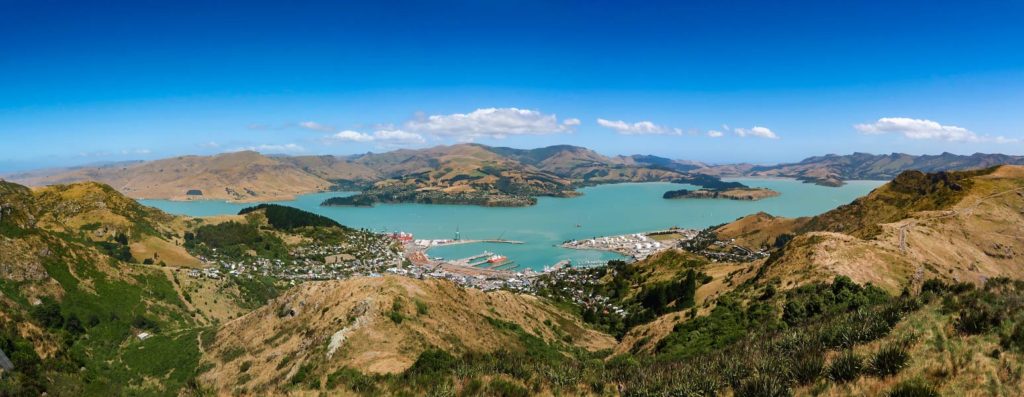
Update: We returned to the Te Ana marina in April and planned to settle in awhile. We bought a car which gave us easy access to Christchurch and all that it offered. And it turned out it offered quite a lot.
During our previous stay it was looking like Christchurch might be a good food city. On this visit we found this is a great food city, one of the best we’ve ever been to. The more I delved into researching and finding interesting places to eat, the more I’d discover. Between some fantastic new eateries we tried, enjoying the Friday Street Food Market by the Cathedral, and then discovering Little High (an amazing place chock full of international eateries like an upscale food court), we were in foodie heaven.
We also found that we had gone through the process of accustomization. We still see the damage and are occasionally taken aback, but we’ve also gotten used to it. The food trucks we love are parked in front of the damaged cathedral, and what so horrified me once is now just part of the background as I enjoy my Malaysian noodles.
Meanwhile our usual errands take us out to the urban sprawl and rebuilt shopping and industrial park areas that, benefiting from modern design and recent construction, are attractive and away from the visible damage. Then there’s the newly opened road that goes over the hills between Lyttelton and the beachside town of Sumner, a gorgeous drive that we love doing.
In all, would we recommend visiting Christchurch? That depends. We would urge any visitors to first brace themselves as this city is still in the process of recovery. While there are interesting sights to see, we’d recommend visitors seek balance with the good and the bad. The damage can be tough to witness, the stories tragic and sad, but the botanic gardens, the gondola ride, the town of Sumner Beach, driving over the Port Hills, and of course Lyttelton and Te Ana provide provide some very nice eye candy. And then there’s the food: if you love to eat, you can really enjoy yourself here. We certainly do and are looking forward to returning.–Cyndi

